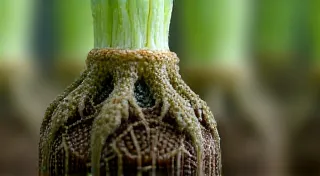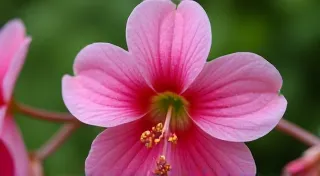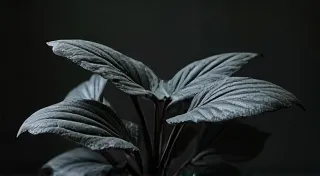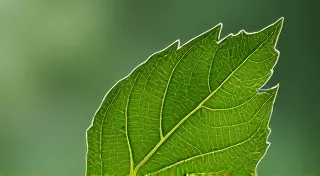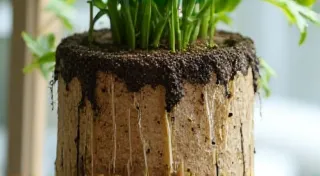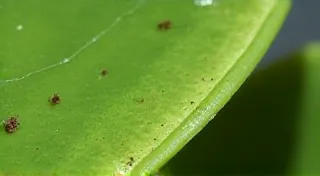The Majesty Palm’s Lesser-Known Relatives: Exploring Rare Palm Varieties
The Majesty Palm (Washingtonia robusta) is a familiar sight in homes and offices, beloved for its towering presence and tropical charm. But beyond this popular choice lies a fascinating world of rare palm varieties, each possessing unique beauty and offering a rewarding challenge for the dedicated houseplant enthusiast. This article delves into some exceptional palms you might not have encountered before, providing care tips to help them thrive.
Why Rare Palms?
Collecting rare houseplants isn't just about possessing something unusual; it's about connecting with the natural world on a deeper level. Rare palms often possess intriguing textures, striking colors, and a slower growth rate, leading to a truly unique and rewarding experience. They often require a bit more attention, but the results are well worth the effort.
Featured Rare Palm Varieties
1. Dypsis lutescens 'Golden Cascade' (Golden Cane Palm)
While the standard Dypsis lutescens is common, the ‘Golden Cascade’ variety boasts a significantly brighter, golden-yellow coloration that intensifies with sunlight. This makes it an eye-catching addition to any collection.
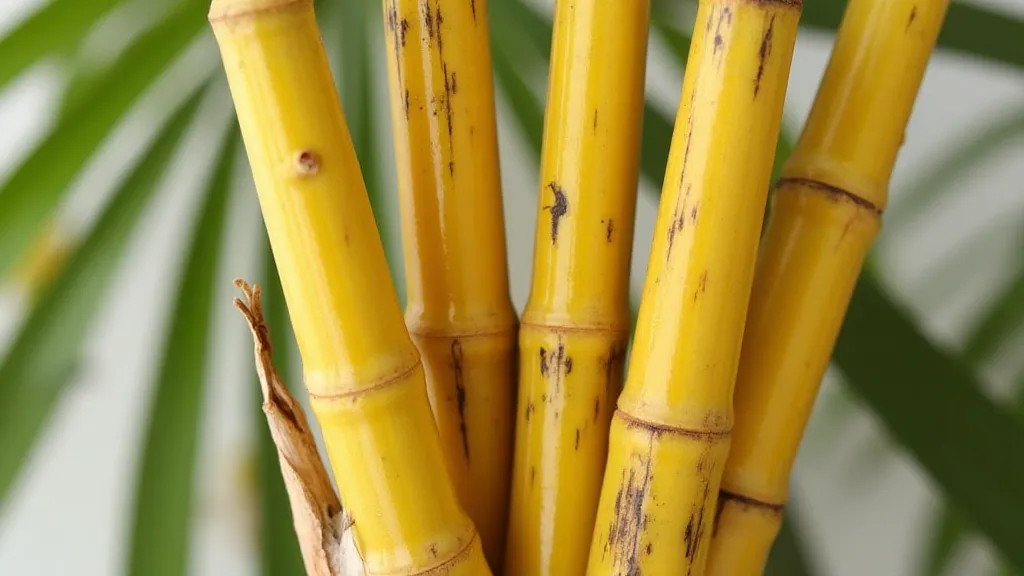
Care Tips: Requires bright, indirect light. Water when the top inch of soil is dry. Prefers slightly higher humidity. Fertilize regularly during the growing season with a balanced palm fertilizer. Watch out for spider mites; regular misting can help prevent infestations.
2. Licuala ramsayi (Ramsay Licuala)
Considered by many to be the 'Holy Grail' of palms, the Ramsay Licuala is a truly stunning plant with enormous, circular leaves that resemble giant dinner plates. Its appearance is undeniably regal.
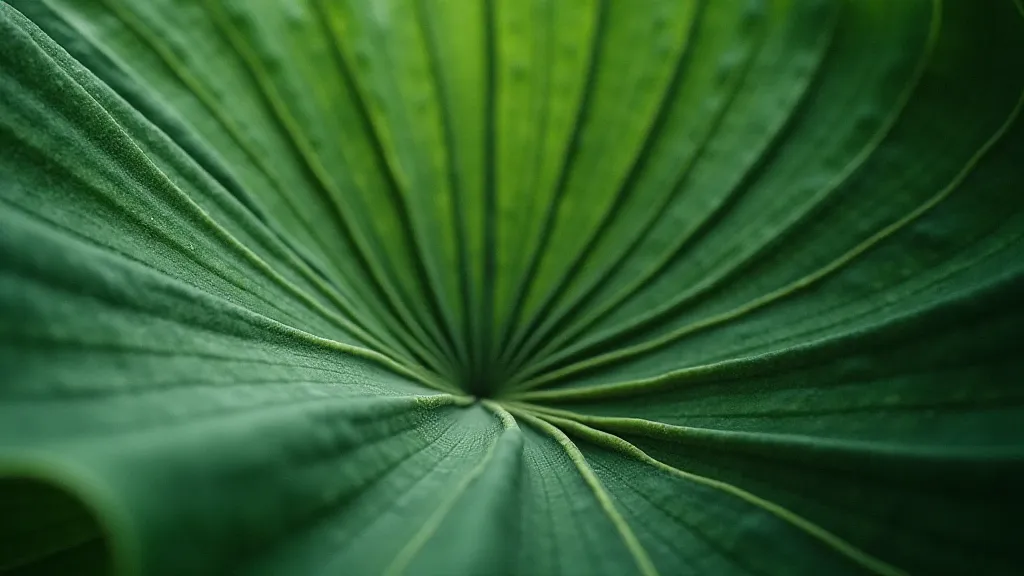
Care Tips: This palm is notoriously difficult and requires meticulous care. It needs extremely high humidity (often requiring a humidifier) and consistently moist, well-draining soil. Prefers low to medium light; direct sunlight can scorch the leaves. Slow-growing and requires patience. Repot very infrequently.
3. Ptychosperma nymphaeae (Fitzroy Ironbark Palm)
The Fitzroy Ironbark Palm is prized for its unique, fan-shaped leaves that have a distinct metallic sheen, giving it an almost futuristic appearance. Its robust growth habit and striking foliage make it a statement piece.
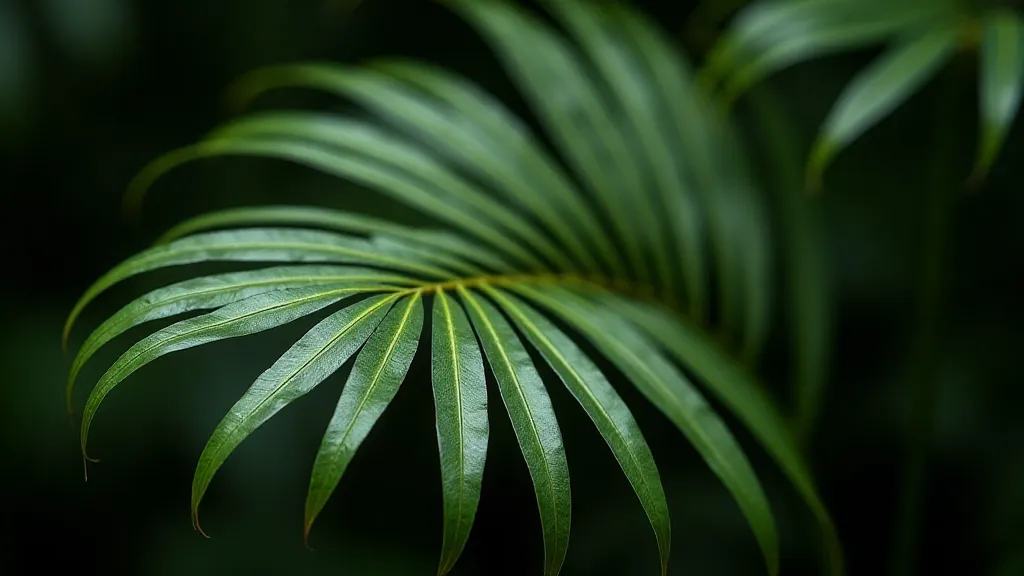
Care Tips: Requires bright, indirect light and well-draining soil. Allow the soil to dry out slightly between waterings. Can tolerate lower humidity levels than other rare palms, but appreciates occasional misting. Fertilize sparingly in the growing season.
4. Veitchia merrilliana (Merry’s Veitchia)
Merry's Veitchia offers an elegant arching form and gracefully divided leaves. While not as obscure as the Ramsay Licuala, it’s still comparatively rare and often sought after by serious palm collectors.
Care Tips: Bright, indirect light is essential. Consistent moisture is needed but avoid overwatering. Fertilize moderately. Protect from cold drafts.
Challenges and Rewards of Rare Palm Care
Caring for rare palms can be challenging. They often have specific needs related to light, humidity, and soil that differ greatly from more common houseplants. Pest infestations can also be a concern. However, the rewards—the beauty and rarity of these plants—are immeasurable. They offer a chance to connect with the incredible diversity of the plant kingdom and cultivate a truly unique indoor jungle.
With careful attention and a willingness to learn, you can successfully cultivate these magnificent plants and add a touch of exotic elegance to your home.
